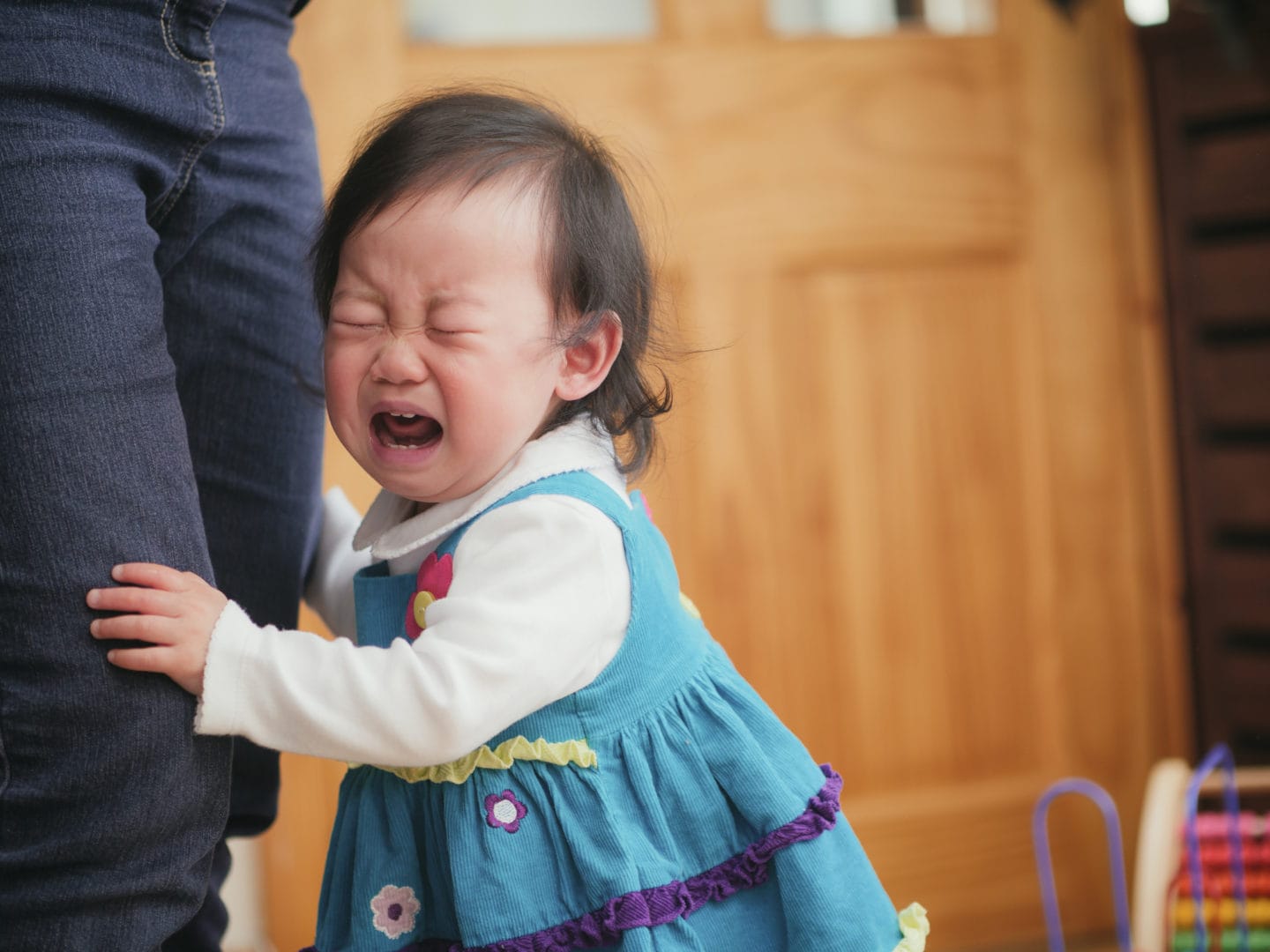Dealing with separation anxiety can be harrowing for parents, as well as for babysitters and nannies. The wails and tears elicit guilt and anxiety, as parents and child care providers worry both about their child’s emotional state.
To help make the process a little easier, we’ve created a list of pointers to help parents and caregivers work through the challenges of separation anxiety.
Remember the behavior is normal
Although some kids never experience separation anxiety, for most, separation anxiety typically emerges around 9 to 12 months, and sometimes as early as 6 months, and can come and go through a child’s early years. After babyhood, bouts of separation anxiety tend to crop up in the presence of other life stressors, such as moving, travel, divorce, or a new caregiver or classroom.
Time your departure strategically
If possible, time your departure with a fun distraction for your child. We have found departures to be easier when we leave in time for the sitter to break out a new toy or offer a fun snack or fruit dessert we have prepared.
Allocate extra time
Whether during day care dropoff or once the sitter arrives at your home, prepare to spend a little more time to help your child get engaged in an activity before you leave.
Talk it out
As you prepare to leave, tell your child, for example, that you will be back after their fun day of playing with friends, doing art activities, reading books, and eating snacks. These reminders can help get kids excited about being at school.
Keep departures brief
Parents often want to run back and offer consolation when their child cries, but every time you do this you train your child to keep crying so you come back. It’s easiest for everyone if you keep your goodbyes short and sweet. Children typically recover soon after you leave.
Get your game face on
Your child is well attuned to your emotions. If you exude calm and confidence, they will feel more trusting of their caregiver, whereas if you look anxious and worried, they will mirror your emotions. Say your goodbyes with a confident smile and wave to help your child get off to a better start.
Don’t ask if it’s OK to leave
Remember that you are in charge. Do not ask permission to leave; your child will likely say no!
Do not sneak out
Resist the urge to sneak out to avoid a painful separation. Sneaking out will only cause your child confusion when they turn around and discover that you are gone, and repeated sneak outs will erode their trust.
Use a transition object
Transition objects can be very helpful for kids experiencing separation anxiety. Younger kids often find comfort in a favorite blankie or stuffed animal. Older kids may find it comforting to keep a small reminder of mom or dad in their pocket, such as an inexpensive pendant or a small smooth stone from a recent family beach trip.
Caregiver consistency
Kids like consistency, so whenever possible, try to book the same sitter, or opt for a family member or teacher from the day care. This will also help you feel more comfortable leaving. If you are confident in the way the caregiver distracts and handles the separation anxiety, you’ll feel more comfortable leaving.
Trust your caregiver
Make it clear to your caregiver that it is OK to call you if there are problems. If you know the caregiver will call you if they need you, you won’t feel guilty and compelled to call in every 30 minutes, which can break the rhythm the caregiver has established with your child.
Trust your instincts
The degree and length of separation anxiety varies from child to child, but if the separation anxiety is prolonged, think about whether a change needs to be made. This could be related to factors such as the caregiver arrangement or stress in the home.
Drop off solo
Separation invariably is more difficult with both parents present. Have one parent do drop off, or if both parents commute together, have one parent say their goodbyes in the car, and the other take the child in to handle drop off.
Separation anxiety can be stressful, but it is a normal developmental experience that will pass. And while separation anxiety can be difficult to work through, the upside is that it reflects that you have established a firm bond with your child.
More tips on navigating separation anxiety:
- For nannies and babysitters: ‘I miss my mommy and daddy!’: 7 tips for babysitting a child with separation anxiety
- For new parents: How to ease separation anxiety in babies
- For parents of infants: Leaving your baby for the first time: 5 steps to reduce separation anxiety
- For parents of toddlers: How to soothe separation anxiety in your 2-year-old
- For the first day of school: 5 tips for handling separation anxiety in school-aged children





